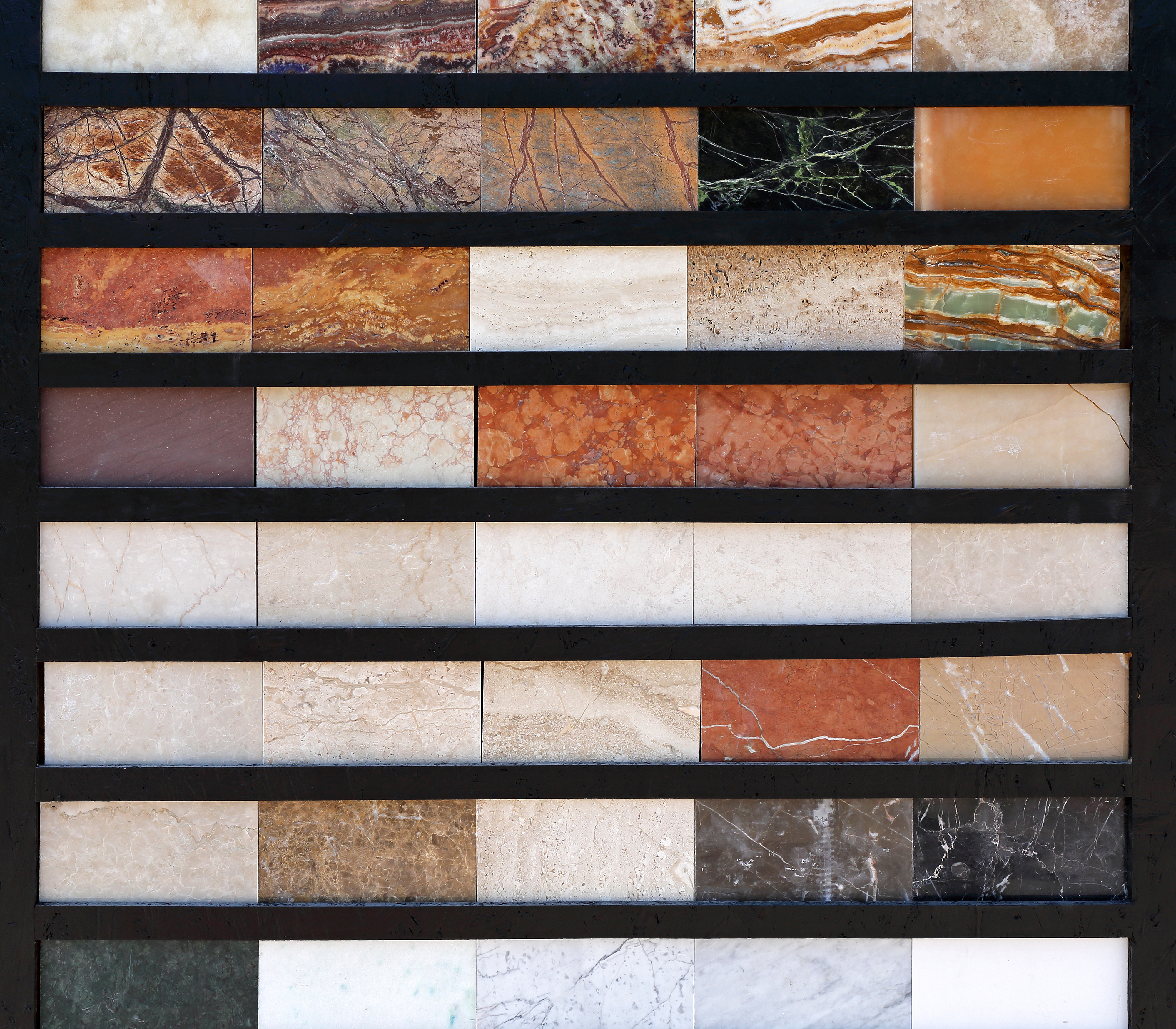
In the flooring industry, there are a number of scales to help guide people to their correct flooring choice. The Mohs scale of mineral hardness rates the scratch resistance of various minerals and is often used in the selection of stone flooring. The use of PEI ratings for tile began in the 1930s and were determined by a measurement of abrasion resistance. Although older tile lines may still use PEI ratings, commercial tile grades are now the most common way to categorize tile by its durability or toughness.
Tile grades and what they mean
When it comes to strength, tile grades only measure how easily a certain type of tile shows visible damage. As a HomeAdvisor article explains, “The 1 to 5 tile rating applies only to one aspect of tile: visible surface abrasion resistance, which is fancy talk for how readily scratches show on the tile’s surface. A tile rating of 5 is the toughest in terms of standing up to scratching, dirt and traffic…”
The breakdown
Grade 1 – The weakest grade. Mostly suitable for wall surfaces.
Grade 2 – Only suitable for light traffic residential areas, like bathrooms.
Grade 3 – Withstands slightly heavier foot traffic and is the most popular choice for residential applications.
Grade 4 – A stronger grade that can still be used in residential settings or in a commercial setting where foot traffic is light.
Grade 5 – The strongest grade. Well-suited for commercial applications with moderate to heavy foot traffic.
Grade selection and maintenance
It’s not enough to balance appearance against affordability when selecting tile for commercial settings. Product performance and longevity should also be a factor, which is where tile grades come into the picture. It is of critical importance to choose tile with a grade appropriate for the area it is to be installed in. While a Grade 4 tile may work for a small doctor’s office, it won’t be sufficient for high traffic areas or areas within an industrial setting.
Tile grades can also impact the level of maintenance and care a commercial area requires. Tile used in commercial wall applications, such as decorative borders, may only require occasional cleaning and sealing to rejuvenate eye appeal and performance. On the other hand, tile used in high traffic areas will need to be as strong as possible. Although design options can become more limited, be sure to choose a Grade 5 tile that easily withstands daily cleaning as well as deep restoration. If a design change is desired in a high traffic area, there are tile restoration experts that can completely recolor existing commercial tile surfaces or even add decorative flair through the addition of sparkling, metallic chips. Never choose form over function when it comes to tile in high traffic areas. Durability matters and will determine how much value a business derives from its original investment.
